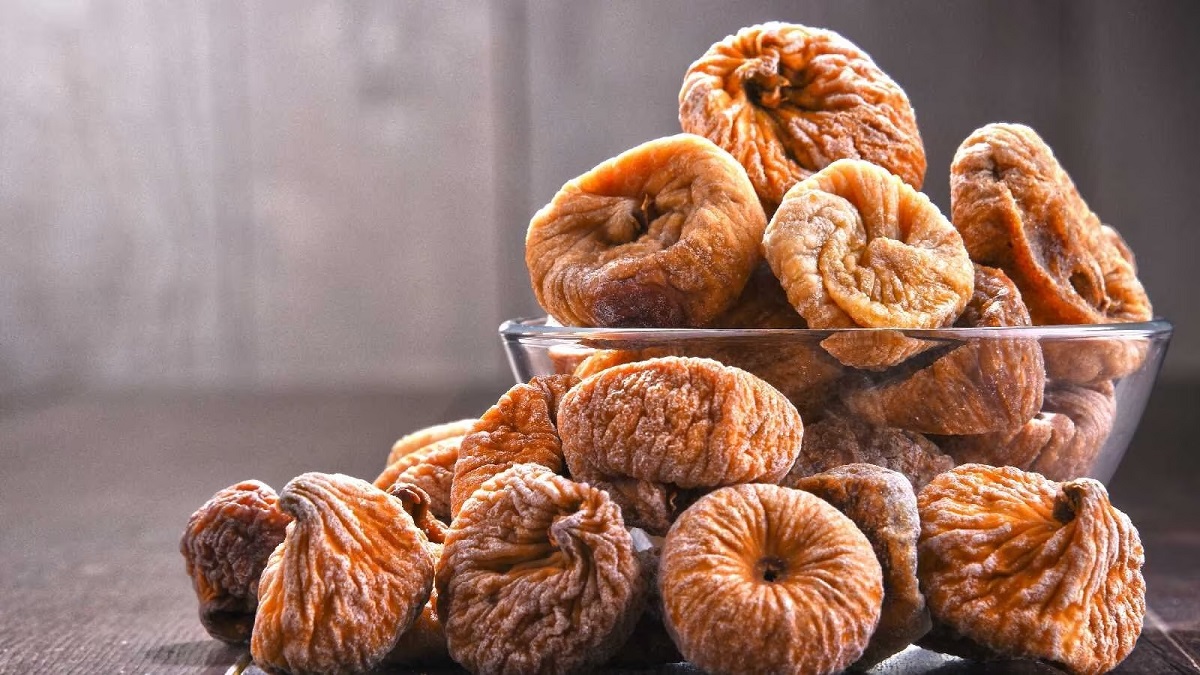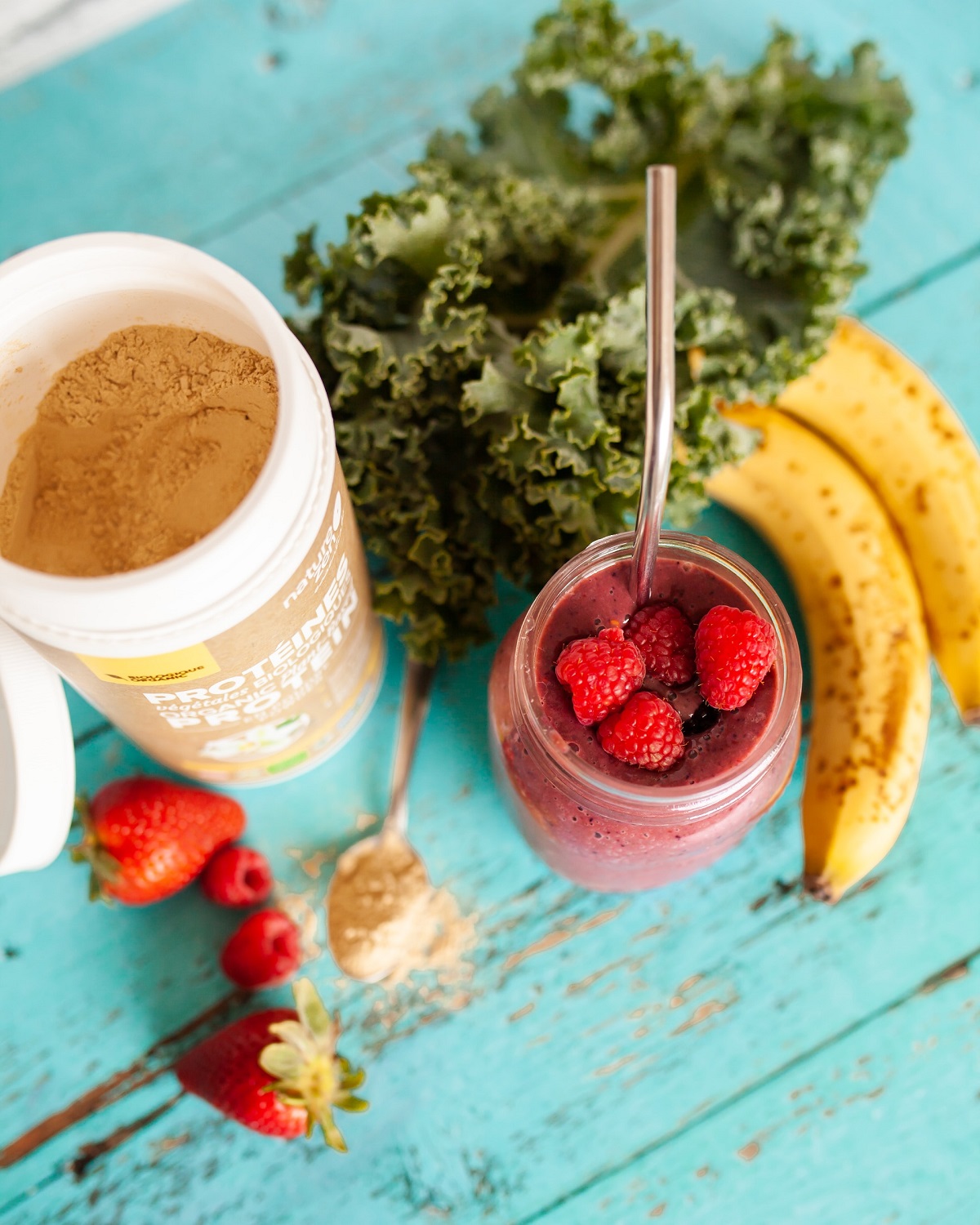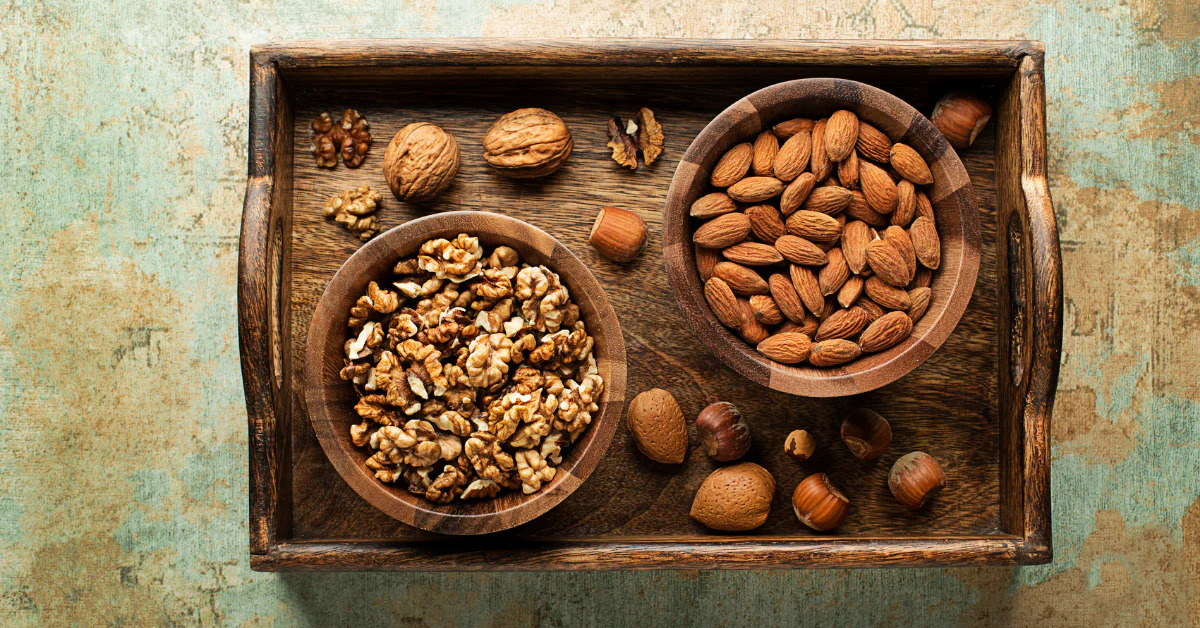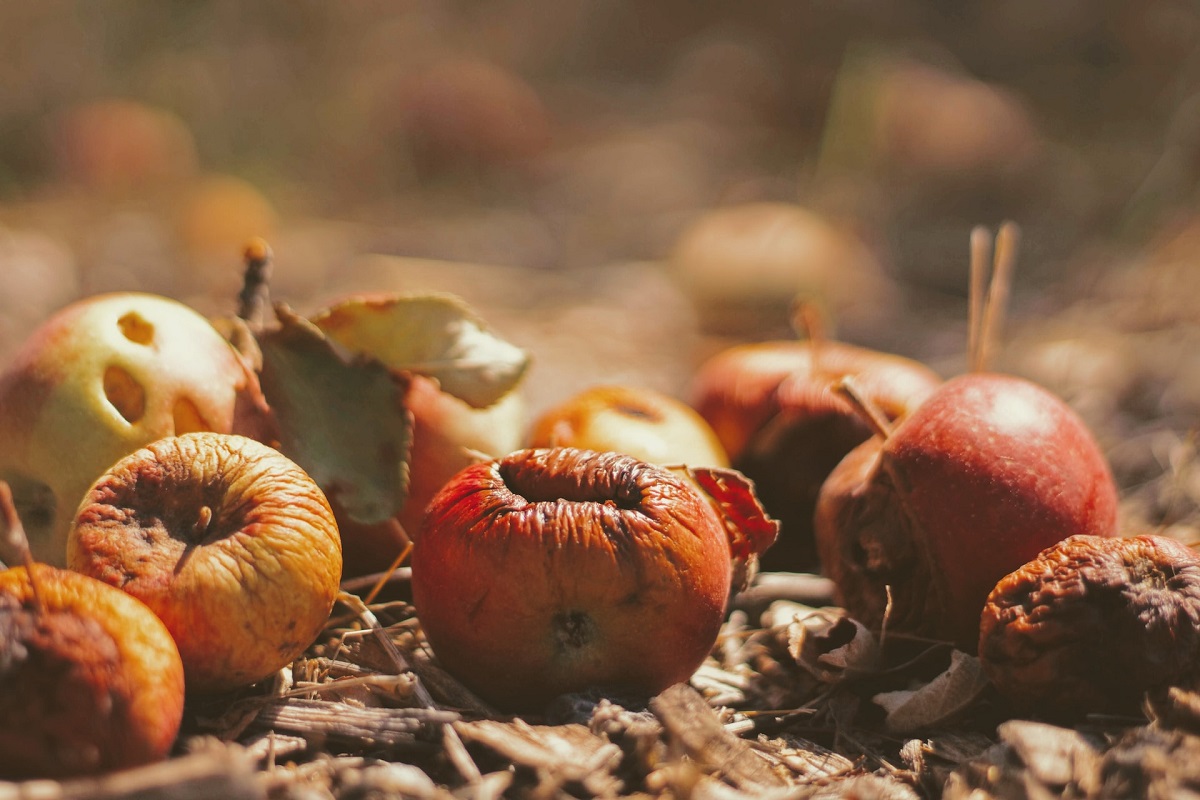Everything You Must Need To Know About Dried Figs
Dried figs are one of the oldest fruits in the world, and people have been eating them for a very long time. One of the very earliest fruits humans grew was the edible fig, and we have proof of fig agriculture dating back to 9200 BC! It is hardly unexpected that figs have a significant religious presence, given their lengthy and fascinating history.
The fig has a significant meaning in Buddhism, Islam, Hinduism, Judaism, and Christianity. It has many meanings throughout many religions, such as peace, fertility, and wealth. The fruit is often eaten either fresh or preserved, such as dried or as a paste. Turkey is the world’s top producer of dried figs, followed by Iran, the United States, Greece, Spain, and Italy.
In this article, you will get to know everything you need to know about figs.
What are figs?
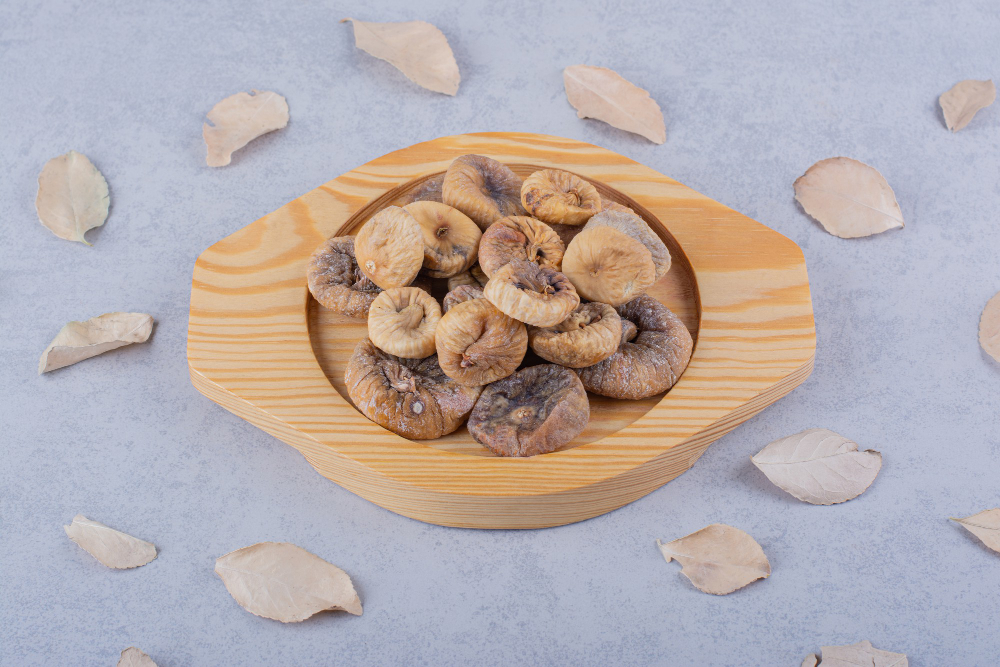
The unusual fruit known as the fig looks like a teardrop. They have an edible peel, are approximately the size of your thumb, contain hundreds of tiny seeds, and have a purple or green exterior. The fruit’s pink flesh has a moderate, sweet flavor. Ficus carica is the fig’s scientific name.
Figs are rich in nutrients and have several possible health advantages, as do their leaves. They could help you maintain appropriate blood sugar levels, lower your risk of heart disease, and support good digestion.
Where are figs produced?
90% of the figs collected each year are marketed as dried figs. These figs are simpler to carry and store since they have a significantly longer shelf life than fresh figs. The common fig tree’s luscious, fresh fruit is where dried figs begin their life. The common fig tree may reach a mature height of 33 feet, equivalent to a three-story structure.
Although the common fig tree originated in the Middle East, it is cultivated worldwide. Turkey is The leading fig-producing nation, which produces almost twice as many figs as Egypt, which comes in second. Algeria, Iran, Morocco, Syria, the United States, Brazil, Spain, Tunisia, Albania, and India are a few of the other top fig-producing nations.
What Exactly Are Dried Figs?
Fruit from fig trees is dried to make dried figs. In actuality, these are figs that are picked before fully ripening. They have relatively little sugar as a result. Dried figs are a delectable and wholesome food high in fiber, protein, vitamins, minerals, and other nutrients that are great for your health. Additionally, it works wonders for constipation relief.
To dry figs, there are two methods. The first is to let them dry in the sun, and the second is to use machines to prepare them. Then, preserve the figs using the conventional sun-drying method. We think sun-dried figs have a much richer flavor and keep more of their original form.
Difference between sun-dried figs and dried figs:
The sun was the only fig preservation method used until equipment and large-scale enterprises were developed. One of the earliest methods of fruit preservation is sun drying, which uses the ambient temperature to remove extra moisture. The challenge with drying figs in the sun is that it takes time and a hot environment. Due to this, some fig growers now process their figs using technology, enabling them to dry considerably greater crops in less time.
Determining the processing method used for your dried figs might be challenging. While some shops will disclose this on their website or packaging, others won’t. Occasionally, a dried fig’s form can be used to determine whether it was processed or sun-dried. Processed dried figs frequently seem flattened where arranged on a conveyor belt, but sun-dried figs typically maintain more of their natural roundness.
What happens when fresh figs are dried?
Figs can dehydrate when dried, either in the sun or by processing. While still retaining all of their nutrients, the removal of water throughout the dying process prevents figs’ ability to resist rotting. Only the water content of figs changes throughout the drying process; the remainder of their nutritional composition stays the same. Figs that have been dried have a somewhat different flavor than figs that have not been dried. They shrink when dehydrated, and water no longer dilutes their sugar content, which causes this.
Nutritional value of fig:
Fresh figs are an excellent complement to a balanced diet since they are high in nutrients and have little calories.
The nutritional value of a fresh small (40 gram) fig is as follows:
- 30 calories
- 0 grams of protein
- 0 grams of fat
- 8 grams of carbs
- 1 gram of fiber
- 3% of the Daily Value (DV) for copper
- 2% of the DV for magnesium
- 2% of the DV for potassium
- 2% of the DV for riboflavin
- 2% of the DV for thiamine
- 3% of the DV for vitamin B6
- 2% of the DV for vitamin K
Even while eating a few fresh figs is a decent, low-calorie snack or meal supplement, they contain some calories from natural sugar. However, when the fruit is dried, the sugar gets concentrated, making dried figs high in sugar and calories.
Additionally, figs have trace levels of several minerals, but they are exceptionally high in copper and vitamin B6. Several body functions, including metabolism and energy generation and the synthesis of blood cells, connective tissues, and neurotransmitters, depend on copper, a crucial element.
Health benefits of figs:
Figs may provide a variety of health advantages, including improving heart and digestive health and maybe assisting with blood sugar control.
1. Boosting digestive health
For years, people have used figs as a natural therapy or alternative medicine for digestive issues, including constipation. They include fiber, which may support digestive health by easing constipation, softening and increasing the volume of stools, and serving as a prebiotic, a type of food for good bacteria in your stomach.
In trials on animals, fig fruit extract or paste accelerated the passage of food through the digestive tract, easing constipation and alleviating the symptoms of gastrointestinal conditions, including ulcerative colitis.
2. Enhance cardiovascular and vascular health
Figs may improve the health of your arteries and lessen your risk of heart disease by reducing blood pressure and blood fat levels. According to one study, fig extract reduced blood pressure in both standard and high blood pressure rats.
Fig leaf extract supplementation has also been demonstrated to enhance triglyceride, total cholesterol, and HDL (good) cholesterol levels in animal trials.
3. Contribute to blood sugar control
In a now-outdated 1998 research, 10 individuals with type 1 diabetes may have needed less insulin after drinking fig leaf tea with breakfast. Their insulin dosages were reduced by roughly 12% during the month they drank fig leaf tea.
Furthermore, a more recent study discovered that beverages with high concentrations of fig fruit extract had a lower glycemic index (GI) than those without fig fruit extract, indicating that these beverages might have a better impact on blood sugar levels.
But fig fruits, especially dried figs, are sugar-rich and may momentarily increase blood sugar levels. You should restrict your consumption of dried figs if you have difficulties controlling your blood sugar levels.
4. Potentially effective against cancer
The impact of fig leaves on cancer cells has been investigated in several encouraging test-tube experiments. Human colon cancer, breast cancer, cervical cancer, and liver cancer cells have been demonstrated to be resistant to the anticancer effects of fig leaves and natural latex from fig plants
However, this does not imply that consuming figs or fig leaf tea will have the same results. Test-tube studies provide a promising starting point, but human studies are required to evaluate the impact of consuming figs or fig leaves on cancer development.
5. Might encourage healthy skin
In particular for people who have allergic dermatitis or dry, itchy skin brought on by allergies, figs may be beneficial for the skin. A test tube and animal investigation showed that a mixture of fruit extracts, including fig extract, had antioxidant effects on skin cells, reduced collagen breakdown, and reduced the appearance of wrinkles.
It’s challenging to say if the fig extract or one of the other extracts under investigation caused these advantageous benefits. More study is required to learn more about the impact of figs on skin health.
6. Improve Bone Density
Figs, the world’s most delectable fruit, are rich in fiber, potassium, magnesium, calcium, and iron, all necessary for strong bones. Figs are a fantastic option for increasing bone density because they are also high in antioxidants.
Fibre may be found naturally in figs. It’s a great provider of potassium and calcium. Increasing calcium intake has been demonstrated to enhance bone mineral structure in children and adolescents. Calcium is a crucial structural component of bones.
7. Improve the immune system
Any immune system needs vitamin C as it may boost the generation of white blood cells and fortify your defenses against various illnesses and foreign invaders. The additional antioxidants in these fruits might lessen the strain on your immune system.
8. Helps in weight loss
This fruit should only be consumed in moderation because of its high calorie and sugar content and immense fiber content, which helps to promote feelings of fullness and reduce overeating and excessive snacking.
A healthy way to eat dried figs:
If you’re hesitant to eat dried fruit or have been advised that eating it would make you gain weight, know that this is untrue if you consume it in moderation. A regular portion of dried figs will often range from a quarter to a third of a cup, depending on their size and type.
If you prefer to purchase dried figs in bulk, weigh your servings before munching to avoid unintentional overeating.
If you’re unfamiliar with dried fruit or are introducing dried figs to your diet for the first time, don’t be concerned if it surprises your stomach. A few days may pass before your stomach adjusts to the high fiber content of dried fruit. If you frequently experience bloating after consuming dried fruit, consider reducing your quantity and ensuring you receive plenty of water.
Different Ways to consume dried figs in your diet:
Although dried figs are delicious, some individuals may need to be a bit inventive to get more dried figs into their diet. These are only four ideas for using dried figs.
1. Make up your own figgy fruit and nut mix
The ideal snack is a mixture of fruit and nuts. Fruit and nut mix is a nutritious alternative to choose whether you need a pick-me-up in the office, a post-workout snack, or something to nibble on while watching a movie.
Add hundreds of dried fruits, such as sticky, sweet, dried figs, to your fruit and nut mixture. Chop your dried figs into little, bite-sized pieces when constructing your fruit and nut mix, and don’t be afraid to put in some other dry fruits as well for variation.
2. Make muffins or figgy cakes
Dried figs are the ideal dried fruit for baking due to their inherent sweetness. Dried figs may be used as a compelling sugar replacement since they cook to a nearly caramel-like flavor. Try substituting dried figs for fresh figs the next time you want to make oat and raisin cookies or blueberry muffins.
Dried figs perform well if savory meals are more your style than sweet baked goods and cakes. Try incorporating them into a goat’s cheese tart or substituting them for dried apricots in your tagine.
3. Prepare dried fig jam
Even if whole dried figs are already quite adaptable, making jam out of them will expand their potential as a food item. Fig jam tastes well with cheese and meat and may be used to make pastries and spread over bread. Here is a recipe for homemade fig jam.
- Four cups of water and 28 ounces of dried figs should be added to a pot and brought to a boil.
- After boiling, turn off the heat and let the figs sit to swell for about 30 minutes.
- Remove the stems from your dried figs if they are present now that they are mushy.
- Your dried figs should be coarsely chopped; set them aside.
- Next, put the leftover fig liquor, two cups of lemon juice, and three cups of sugar in a pot. Bring to a boil, reduce the heat, and simmer for 15 minutes.
- Add your chopped figs now, and cook for a further 15 minutes.
- Add vanilla or any additional flavorings at this time.
- Process your jars by canning them for 10 minutes in a hot water bath to improve the shelf life of your fig jam.
4. Dried figs can be added to bliss balls
Finally, including dried figs in your happiness balls is another fantastic way to enjoy them as a snack. Some dried fig cultivars are rather wet, especially after being partially rehydrated. When preparing bliss balls, you can use these dried figs instead of dates or finely slice them and put them in with the other components.
Dried figs: are they just as healthy as fresh figs?
You might be asking why I eat dried fruit when I can buy fresh fruit. Fresh fruit is, after all, healthier than dried fruit.
If you prefer eating figs and have access to them, by all means, indulge. However, don’t reject all dried figs at once. Dried figs are a quick, simple, and nourishing on-the-go snack that can be used anywhere.
Contrary to widespread belief, high-quality dried fruits without added sugar have a nutritional profile almost comparable to fresh fruit. This dispels the myth that dried fruit is less beneficial than fresh fruit.
Conclusion
Figs may offer several health advantages. In addition to the fruit, fig leaves and fig leaf tea seem to provide health benefits. Mainly, dried figs could ease constipation.
Because of their high vitamin K level and high sugar content, dried figs should only be consumed in moderation and may interact with blood-thinning drugs. Figs, fig leaves, and fig leaf tea contribute to a balanced diet.
A fig is a fruit that is rich in fiber and calcium. People can choose to consume fresh or dried figs, but they should be aware that they have a higher calorie and sugar content.
Figs are safe to consume and can be used to cure several ailments. However, sufficient data does not support many assertions about the purported health advantages of figs.
FAQ’s:
There is no ideal quantity of figs to consume each day. Everything is up to personal taste. Dried figs are a healthy snack for gaining weight as well. The morning would be the ideal time to consume this healthy dried fruit.
However, they contain a protein called ATI, or amylase trypsin inhibitor, which works like gluten.
Yes! We frequently hear the question, “Is fig good for sperm count.” You could put on weight if you use fig. However, there are no negative consequences if figs are consumed as part of a balanced diet.
Because dried figs are so heavy in fiber, consuming more than three or four at once is not recommended. If you overeat fiber, your stomach could throw a little fit, and you might get bloated, gassy, or dehydrated.
You might wish to keep your dried figs in the refrigerator if you reside in a hot or humid climate. Dried figs may be kept for up to 18 months in the refrigerator.
Turkish figs are regarded as some of the best in the world since Turkey is one of the oldest fig growers. Turkish figs have skin that is far lighter than Black Mission figs, giving them a look that is either light green or virtually white.
By reducing overeating between meals and keeping you full, a balanced diet that includes high-fiber foods like figs may aid in weight loss.Figs soaked in water overnight provide a variety of health advantages.
When choosing dried figs in bulk, look for clean ones, free of mold and have a pleasant aroma rather than a sour one.
Read More: Difference Between White vs Black Chia Seeds
Read More: How Long Does Grass Seed Take To Grow?
